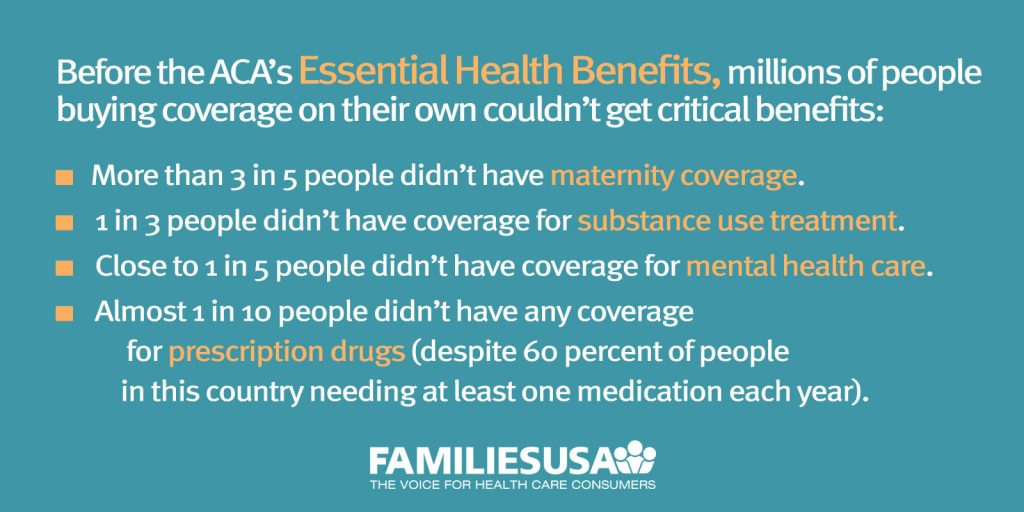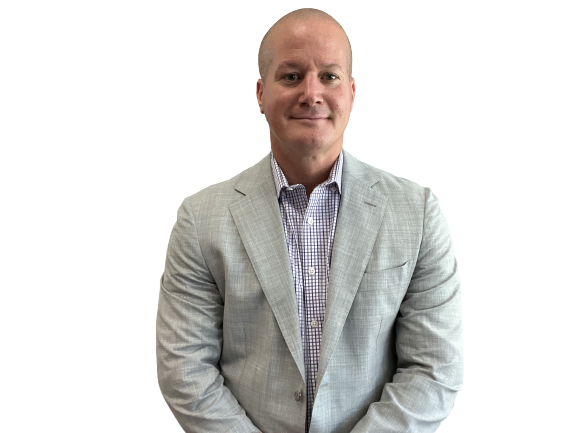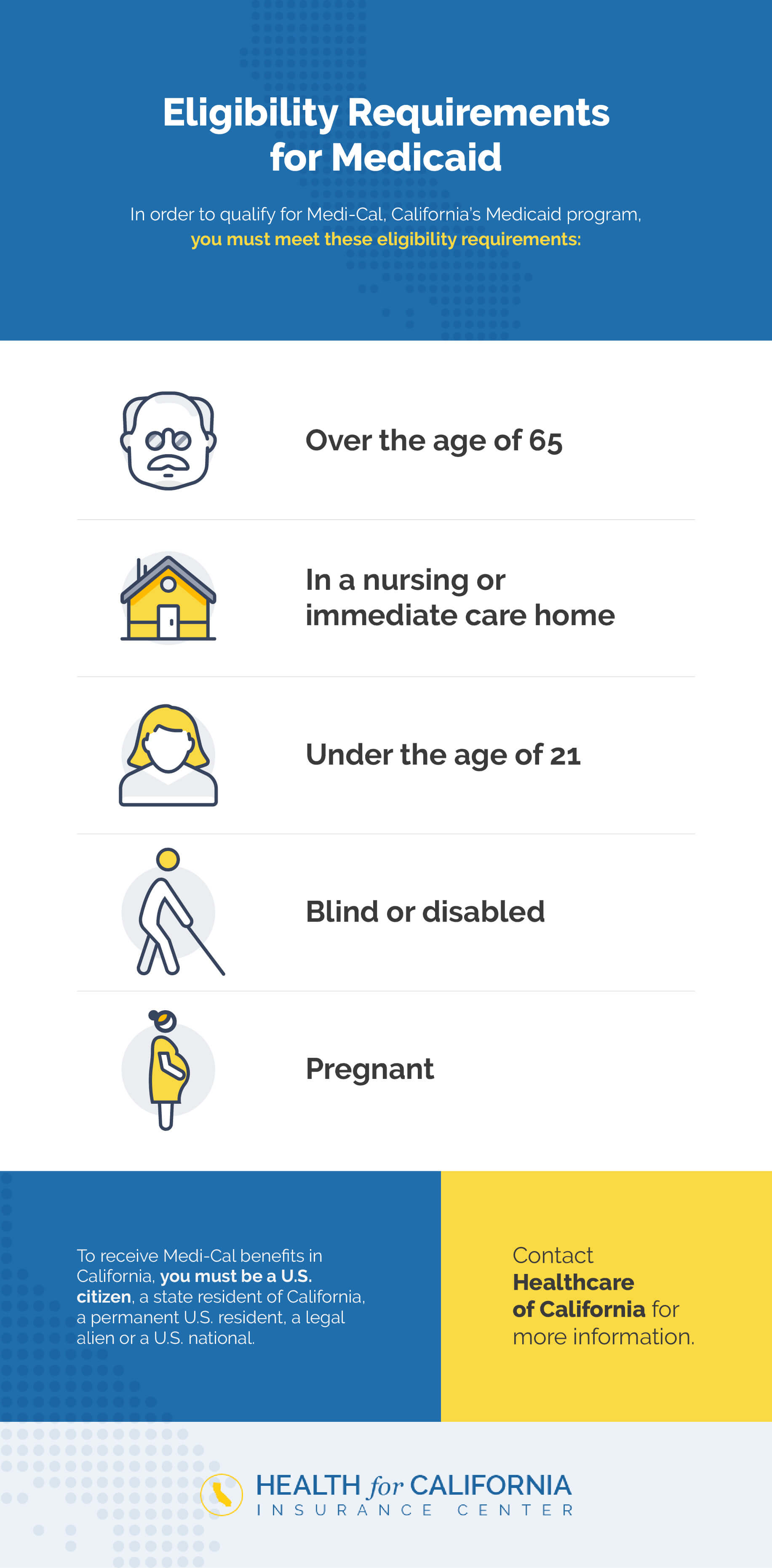3 Simple Techniques For Medicare Advantage Agent
3 Simple Techniques For Medicare Advantage Agent
Blog Article
Some Known Details About Medicare Advantage Agent
Table of ContentsSome Known Facts About Medicare Advantage Agent.How Medicare Advantage Agent can Save You Time, Stress, and Money.The Medicare Advantage Agent Diaries


follows from confusing the puzzling young fairly profile of account uninsured with the better healthFar better health and wellness average, of younger persons. For those without access to workplace health insurance, poor health and wellness is a possible obstacle to buying nongroup protection since such insurance coverage might be highly priced, leave out pre-existing problems, or be just inaccessible. Unless or else noted, national estimates of individuals without wellness insurance policy and percentages of the population with different kinds of coverage are based on the CPS, the most commonly utilized resource of quotes of insurance protection and uninsurance rates.

Medicare Advantage Agent Can Be Fun For Anyone
Over a three-year period beginning early in 1993, 72 million people, 29 percent of the U.S. populace, lacked coverage for a minimum of one month. Within a solitary year(1994), 53 million people experienced at the very least a month without insurance coverage(Bennefield, 1998a). Six out of every 10 uninsured grownups are themselves employed. Working does boost the likelihood that one and one's family participants will certainly have insurance policy, it is not an assurance. Also members of family members with two full time wage income earners have almost a one-in-ten possibility of being uninsured (9.1 percent without insurance rate)(Hoffman and Pohl, 2000 ). The relationship between health and wellness insurance and access to care is well developed, as recorded later in this chapter. Although the connection between medical insurance and health and wellness end results is neither straight neither simple, a substantial medical and health services research literary works web links medical insurance protection
to enhanced accessibility to care, much better top quality, and enhanced personal and populace health standing. The second report, on individual wellness outcomes for without insurance grownups, is represented by the inner circle of the figure, while the 3rd record, on household well-being, includes the subjects of the second record but emphasizes a various system of analysis, specifically, the family. The sixth record in the collection will certainly offer information about methods and initiatives taken on locally, statewide, or country wide to address the absence of insurance coverage and its adverse impacts. Levels of evaluation for analyzing the impacts of uninsurance. This conversation of wellness insurance policy protection focuses largely on the united state populace under age 65 due to the fact that basically all Americans 65 and older have Medicare or various other public insurance coverage.
Furthermore, it concentrates particularly on those without any type of health and wellness insurance coverage for any type of length of time. The issues encountered by the underinsured are in some aspects similar to those dealt with by the without insurance, although they are normally less serious. Uninsurance and underinsurance, however, entail noticeably different policy problems, and the strategies for addressing them may differ. Throughout this research study and the five records to follow, the main emphasis gets on persons without health insurance policy and hence no support in spending for healthcare past what is offered with charity and safeguard organizations. Medical insurance is a powerful element influencing receipt of treatment due to the fact that both people and physicians react to the out-of-pocket price of solutions. Health insurance policy, however, is neither necessary nor this post enough to access to clinical solutions. Nonetheless, the independent and straight impact of health and wellness
insurance policy protection on accessibility to health and wellness services is well developed. Others will certainly get the health and wellness care they require even without health and wellness insurance coverage, by spending for it expense or seeking it from service providers who supply care cost-free or at extremely subsidized rates. For still others, health and wellness insurance alone does not guarantee receipt of treatment since of various other nonfinancial barriers, such as an absence of health treatment service providers in their area, restricted accessibility to transportation, illiteracy, or linguistic and social differences. Formal research study concerning uninsured populaces in the USA dates to the late 1920s and early 1930s when the Board on the Price of Treatment created a collection of reports regarding funding doctor workplace visits and hospital stays. This concern became prominent as the varieties of clinically indigent climbed up during the Great Anxiety. Empirical researches regularly sustain the link between accessibility to care and boosted health and wellness end results(Bindman et al., 1995; Starfield, 1995 ). Having a routine resource of treatment can be considered a predictor of gain access to, instead of a direct action of it, when health and wellness results are themselves utilized as access indicators. This expansion of the notion of gain access to measurement was made by the IOM Board on Keeping An Eye On Gain Access To to Personal Health Treatment Services(Millman, 1993, p. Whether moms and dads are guaranteed appears to influence whether their children obtain treatment in addition to how much careeven if the children themselves have protection(Hanson, 1998). The health of parents can influence their capability to look after their kids and the level of family stress and anxiety. Stressing over their kids's accessibility to care is itself a source of anxiety for more parents. 3 phases comply with in this report. Chapter 2 provides an introduction of just how employment-based wellness insurance, public programs and private insurance policy policies run and engage to supply considerable yet insufficient coverage of the U.S. populace. This includes a testimonial of historic trends and public policies affecting both public and exclusive insurance policy, a discussion of the interactions among the different kinds of insurance policy, and an assessment of why people move from one program to one more or wind up

Report this page